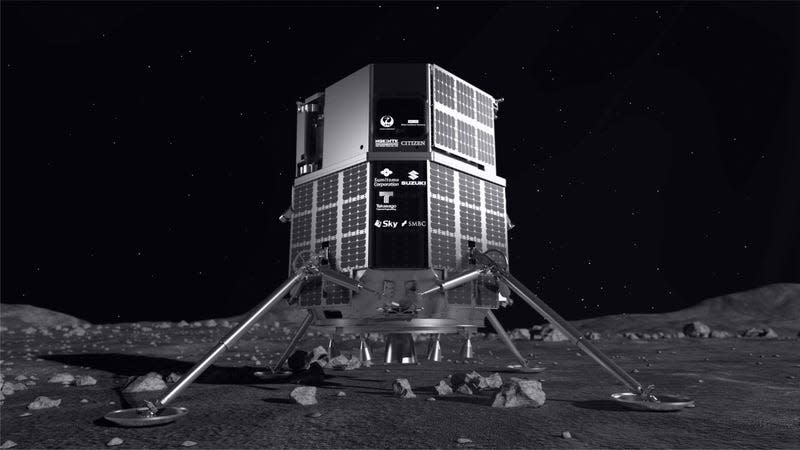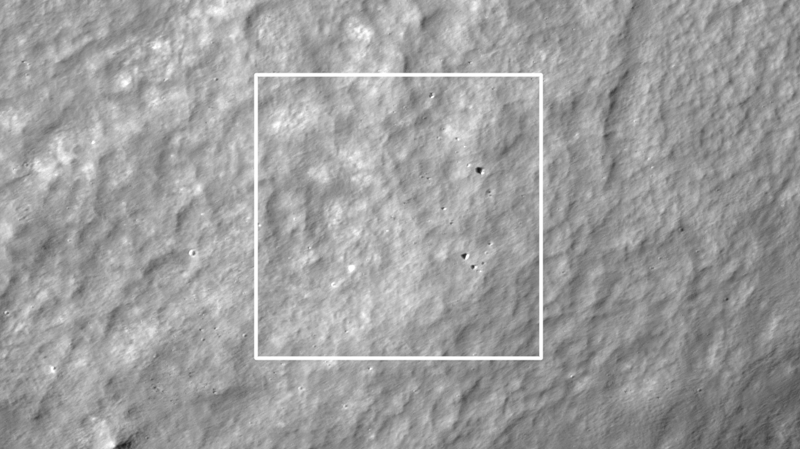Why Japan’s Private Lunar Lander Crashed on Moon

Japanese company ispace finally knows what caused its beloved lunar lander to crash on the surface of the Moon. The unlikely culprit behind the lander’s free-fall appears to have been a large cliff, which caused Hakuto-R to miscalculate its distance to the surface.
A month after the Hakuto-R Mission 1 (M1) Lunar Lander plummeted towards the Moon’s cratered surface, Tokyo-based ispace released the findings of its investigation into the failure of its inaugural mission. The company revealed that, during the lander’s descent to the lunar surface, Hakuto-R estimated that it was very close to zero altitude when in reality it was roughly 3 miles (5 kilometers) above the surface. As a result, the lander slowed down its speeds on its way down, eventually running out of fuel and free-falling onto the Moon.
Read more

The lander likely miscalculated its altitude after it flew over the rim of a crater that was approximately 1.8 miles (3 kilometers) higher than the surrounding lunar surface. “Although the lander did not complete a soft landing, the cause has been identified and improvements are being incorporated into Mission 2 and Mission 3,” ispace wrote in its statement.
Hakuto-R M1 launched on December 11, 2022 on board a SpaceX Falcon 9 rocket from Cape Canaveral Space Force Station in Florida, marking the Japanese company’s inaugural mission. ispace was seeking to become the first private space company to successfully land on the surface of the Moon. In 2019, Israel’s Bersheet lander suffered a similar fate in its own attempt to become the first private lander to safely reach the lunar surface.
The Japanese mission had been going smoothly up until the final moments before the crash. The Hakuto-R M1 lander was scheduled to touch down on April 25 at 12:40 p.m. ET, but “shortly after the scheduled landing time, no data was received indicating a touchdown,” ispace wrote in a statement at the time.
Hakuto-R M1 was carrying both commercial and government-owned payloads, including a tiny, two-wheeled transformable robot from the Japanese space agency. The lunar lander was meant to initiate a new era for commercial space ventures by delivering payloads to the Moon on a regular basis.
After the failed landing attempt, ispace’s shares fell by 20% to mark the its stock’s worst performance since going public earlier this month, Bloomberg reported at the time. The company is reportedly working on two follow-up missions, with lessons learned from its first attempt.
“Mission 1 demonstrated a great deal of technical reliability, as our lander reached the lunar surface just prior to landing,” Takeshi Hakamada, founder and CEO of ispace, said in Friday’s statement. “Now, we have been able to identify the issue during the landing and have a very clear picture of how to improve our future missions.”
For more spaceflight in your life, follow us on Twitter and bookmark Gizmodo’s dedicated Spaceflight page.
More from Gizmodo
Sign up for Gizmodo's Newsletter. For the latest news, Facebook, Twitter and Instagram.

